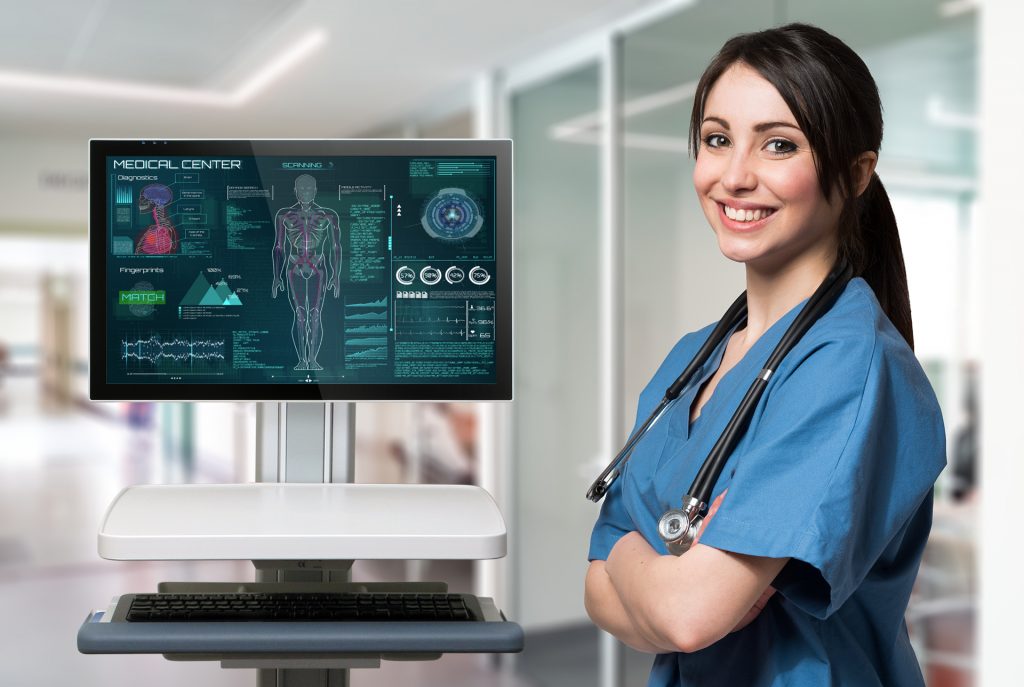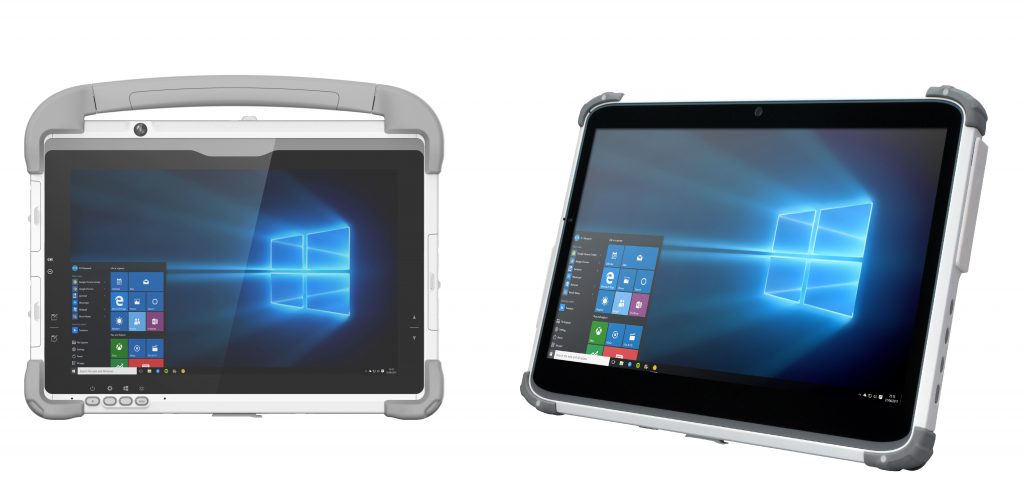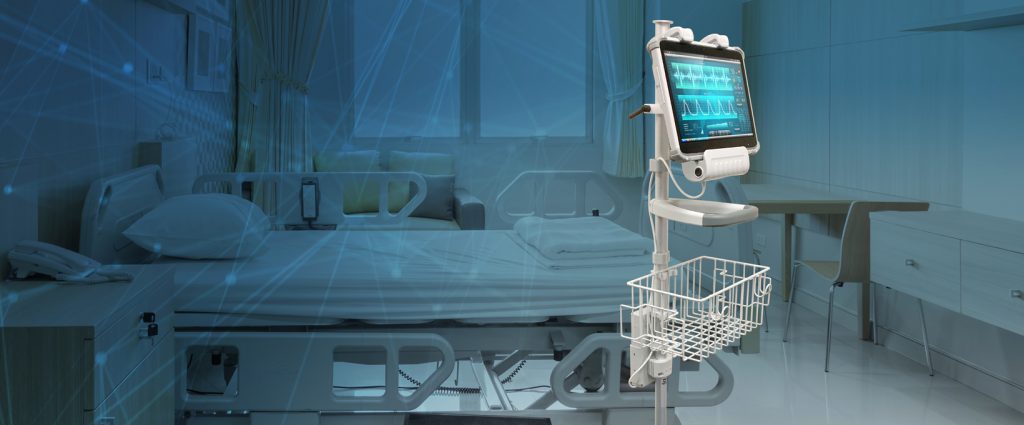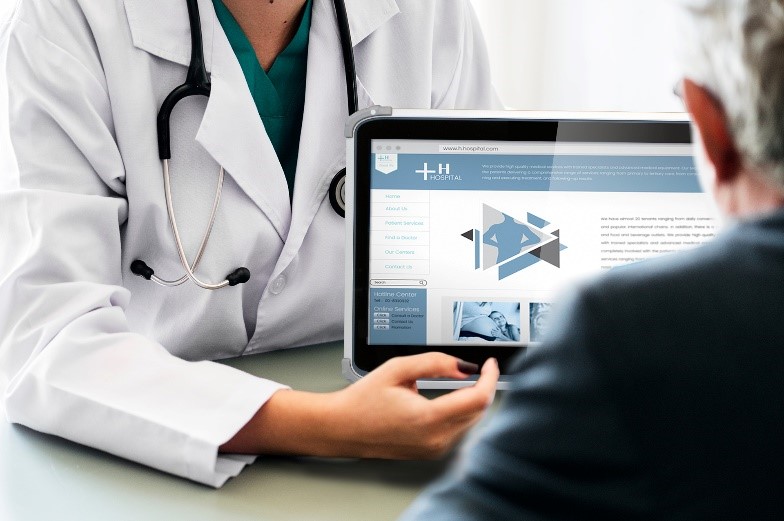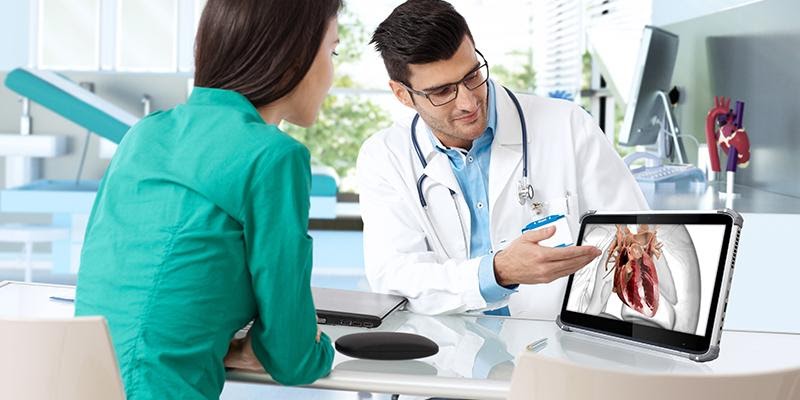
A big game-changer when it comes to healthcare is telemedicine. Telemedicine is a general term that covers all of the ways you and your doctor can use technology to communicate without being in the same room. It includes phone calls, video chats, emails, and text messages. People also call it telehealth, digital medicine, e-health, or m-health (for mobile). Telemedicine in which a doctors appointment is done via phone or video is the new norm as a result of the pandemic and the need for safe distancing. This has been a good alternative during these challenging times when a physical appointment is difficult or hazardous.
Continue reading “Telehealth Technology: Providing Healthcare from a Distance”

